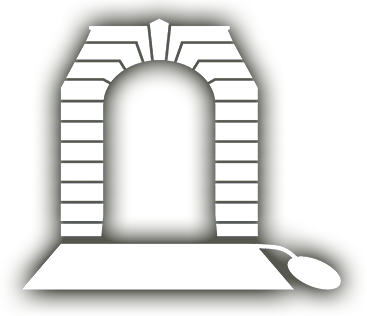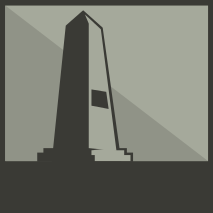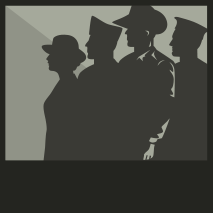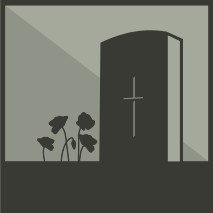
EDGAR, Stuart Halbert
| Service Number: | 1349 |
|---|---|
| Enlisted: | 27 October 1914, Enlisted at Liverpool, NSW |
| Last Rank: | Private |
| Last Unit: | 1st Infantry Battalion |
| Born: | Lake Cargellico, Euabalong, New South Wales, Australia, 1891 |
| Home Town: | Cobar, Cobar, New South Wales |
| Schooling: | Cobar Public School, New South Wales, Australia |
| Occupation: | Bookkeeper |
| Died: | Killed in Action, Gallipoli, Gallipoli, Dardanelles, Turkey, 2 May 1915 |
| Cemetery: |
Baby 700 Cemetery, Anzac Row D, Grave 9, Baby 700 Cemetery, Gallipoli Peninsula, Canakkale Province, Turkey |
| Memorials: | Australian War Memorial Roll of Honour, North Perth Presbyterian Church Honour Roll |
World War 1 Service
| 27 Oct 1914: | Enlisted AIF WW1, Private, 1349, Enlisted at Liverpool, NSW | |
|---|---|---|
| 11 Feb 1915: | Involvement Private, 1349, 1st Infantry Battalion, ANZAC / Gallipoli, --- :embarkation_roll: roll_number: '7' embarkation_place: Sydney embarkation_ship: HMAT Seang Bee embarkation_ship_number: A48 public_note: '' | |
| 11 Feb 1915: | Embarked Private, 1349, 1st Infantry Battalion, HMAT Seang Bee, Sydney |
Help us honour Stuart Halbert Edgar's service by contributing information, stories, and images so that they can be preserved for future generations.
Add my storyBiography contributed by Carol Foster
Son of David and Annie Mary Edgar of 97 Angove Street, North Perth, WA formerly of 44 Woodville Street, North Perth, WA. Brother of Harry Dudley Edgar MM who returned to Australia on 4 June 1919 having served with the 28th Battalion
Medals: 1914-15 Star, British War Medal, Victory Medal
Member of the Cobar Rifle Club
Biography contributed by Stephen Brooks
Private Stuart Halbert Edgar was born in NSW but had been living in Western Australia for some time. However, when war broke out, he enlisted in NSW and joined the 1st Battalion AIF. He was reported missing at Anzac and was later confirmed as killed in action 2 May 1915. With the discovery of his remains in the Baby 700 Cemetery in 1922 it probably more likely he was killed on the day of the landing or soon after, as it was beyond the Anzac Lines from the day of the landing.
In July 1920 a newspaper report announced -‘the curious discovery’ of a cemetery constructed by the Turks during the earliest days on Gallipoli.
‘It consisted of wholly unsuspected graves of Anzacs and a few British Navy men. The cemetery is 300 yards to the east of Lone Pine and overlooks Legge’s Valley. It was first located during Captain CEW Bean’s last Gallipoli tour, and hitherto had been regarded as purely a Turkish cemetery, as it was far beyond the Anzac lines.
The cemetery contains 50 bodies of the Anzac’s bravest men, who evidently participated in the most forward fighting immediately after the landing. The discs found in the graves enabled identification to be made in almost every case, and the discovery shows the fate of men who were hitherto regarded as missing’.
Private Stuart Halbert Edgar remains were found in the Cemetery, by association with his identity disc in late 1922. The disc was forwarded to his father in June 1922.
His mother wrote to the AIF in 1921, in answer to one of many communications with Base Records, ‘I cannot tell you how grateful I am to you for your letter because it tells me that although our boys loved ones are so far away and can do nothing, --still somebody cares’.
His brother Sergeant Harry Edgar 28th Battalion AIF won the Military Medal in 1918 and another brother Wallace Edgar served with the 16th Battalion AIF.











